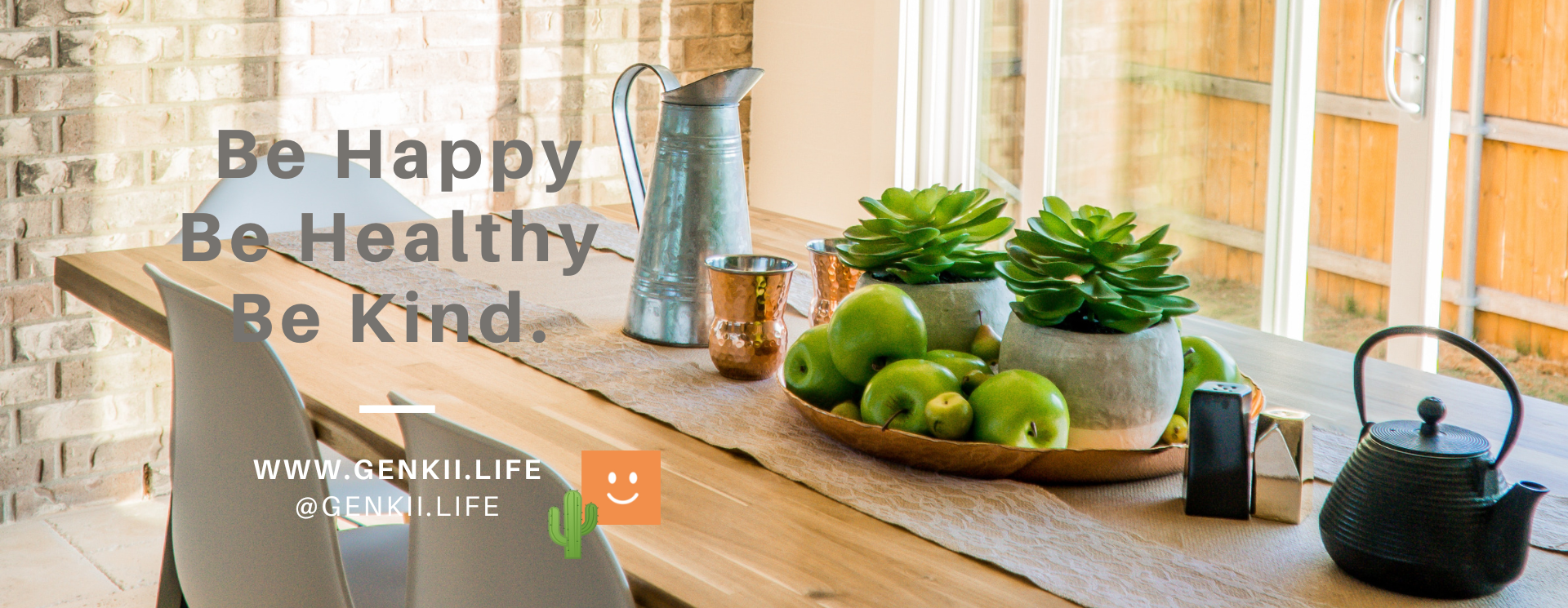
If your garden has a slope to it, or you want to add architectural interest with raised garden beds, you’ll have to build a retaining wall. There are a few different styles to suit any garden and they’re all DIY so you can have the wall you love for less!
Make a plan
Before you get started, you’ll need to design your wall. If it’s over a metre high, you should check with your local council first. You may have to have an engineer design and certify the wall.
Once you’ve got a design, you can work out all the materials you’ll need.

Timber
Timber walls are a very DIY-friendly option. Treated pine sleepers are popular as they are easy to work with and good value for money. Hardwood sleepers are another option. To build your wall, dig holes and insert vertical supports using thicker sleepers, at least 75mm thick. Space the supports every 1.2m for 2.4m long sleepers, and 1.5m for 3m long sleepers. The horizontal sleepers can be 50mm thick. Place them against the vertical supports, make sure they’re level then bolt the two together. To finish off you can paint or stain the wall to match your garden or outdoor area.

Concrete blocks
A great DIY option for a masonry wall are interlocking blocks that don’t need any mortar. As a bonus the blocks come prefinished so once you lay the wall there’s no more work needed to make them look good, saving you time and money. Dig a footing then lay roadbase in the trench and compact it, making sure it’s level. All you do then is simply lay out the blocks, locking them together as you go. It’s that easy.

Go natural
To create a natural feature in your garden that’s less formal than timber or blocks, use a natural rock such as sandstone or granite. Building the wall is like doing a vertical jigsaw puzzle as you try to find bits of rock that lock together. Mortar the first rocks down then lay a bed of mortar between the rocks as you build it up. Finish off by filling the joints at the front of the rocks with more mortar, wiping with a sponge for a smooth finish.
Drainage
Water can build up significant pressure behind a retaining wall so it’s important you provide for drainage behind it. Lay a slotted ag drain at the base of the wall and fill above it with a free-draining material such as gravel. Encase the whole lot in geotextile fabric which allows water through but prevents soil from washing in and clogging up your drain.
Article by Better Homes and Gardens


